Wonder City of the World: New York City Travel Posters
 by Nicholas D. Lowry, Angelina Lippert, Tim Medland, Catherine Bindman
by Nicholas D. Lowry, Angelina Lippert, Tim Medland, Catherine Bindman
“This is not a place for nobility or first-born sons. This is a place for rebirth, for second chances, for only chances, for last-ditch efforts, for everyone that does not yet belong. It is dirty, and it is rough—but it welcomes you.
No other city promotes itself quite like that—and that’s what made and makes New York so impossible to replicate.”
This book will put a smile on your face in so many ways! Even after only the most cursory thumb-through you can tell it was made by clever people. Except when it comes to business—they’re only asking a silly-low $50 for a properly sumptuous book (paper, printing, design, hardcover) with insightful commentary that weaves together 100+ years of geographical, architectural, social and, not least, transportation themes. Look closer and that impression becomes only stronger.

We’re only at the Table of Contents and already we’re impressed; the type is turned vertical because . . . the city’s iconic skyscrapers are vertical.
If you deduced from the book title that the story is told in the form of posters, “the most public of all forms of graphic communication,” you’d be right but that title doesn’t clue you in that the book is a companion piece to an eponymous museum show (March 14–Sept. 8, 2024). Hasty readers might miss that connection altogether because it is mentioned only twice, and in detail only on the very last page. While that is neither here nor there, the reader knowing that Poster House is behind both projects would surely only help to instill high expectations. Poster House is the country’s first museum dedicated entirely to the global history of posters (they have several poster exhibits mounted concurrently at this time).
The exhibit features 80 works, serving as an illustrated “love letter to New York.” Even though the book is referred to as a “catalog” it is really more than that because it showcases a larger number of examples and devotes to each remarkably wide-ranging descriptions, and there are several appraisals by design experts of especially noteworthy artists: Joseph Pennell, Leslie Ragan, Sascha Maurer, and David Klein.

A perfect example of something that’s obvious as soon as someone spells it out but that you probably wouldn’t have interpreted this way on your own: the caption explains that the use of a golden skyline—an allusion perhaps to streets paved with gold—is the poster artist’s appeal to the erstwhile immigrants’ compassion by reminding them that they had been given the opportunity to improve their lot and that now it was time to spread the largesse.
Your master of ceremonies and tour guide who curated both the show and the book is himself a New York institution and also presides over one, eminent poster lover, collector and seller Nicholas Lowry, the third-generation owner and president of Swann Auction Galleries (founded 1941) that is considered the oldest continually operating New York specialist auction house. Many of their specialists are called on as expert appraisers on the PBS program “Antiques Roadshow” and if you remember seeing someone in utterly colorful dress and an extravagant handlebar mustache, that would be Lowry.
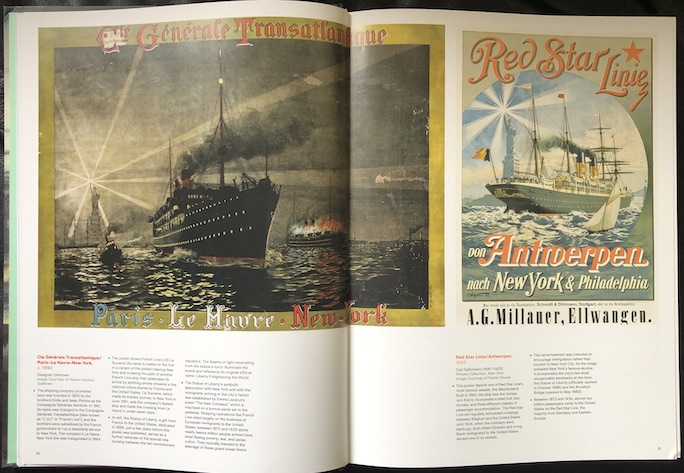
A design note: observe how the color of the poster titles pick up a signal or dominant color in the poster (subtle in this case but definitely intentional). The coating/finish of the paper lends itself to the matte finish of the originals, the largest of which would have been printed on cloth.
The captions list title, year, designer, and owner (but not size). The bulleted items discuss artistic and technical detail of the scene, in this case, for instance, the rays emanating from Lady Liberty’s torch symbolizing her official name “Liberty Enlightening the World” or the colored smoke of the NY-bound ship, on the right of the left image, representing the colors of both the US and the French flags. The ships too are described in impressive detail, including construction and operations.
The book proceeds in chronological order, the first poster dating to c. 1890 and the last to 1999. It is divided into themes—tourism, Lady Liberty, travel by rail and sea, World’s Fairs, air travel, Times Square, streetscapes, the end of the poster—but this organizing principle is necessarily fluid.

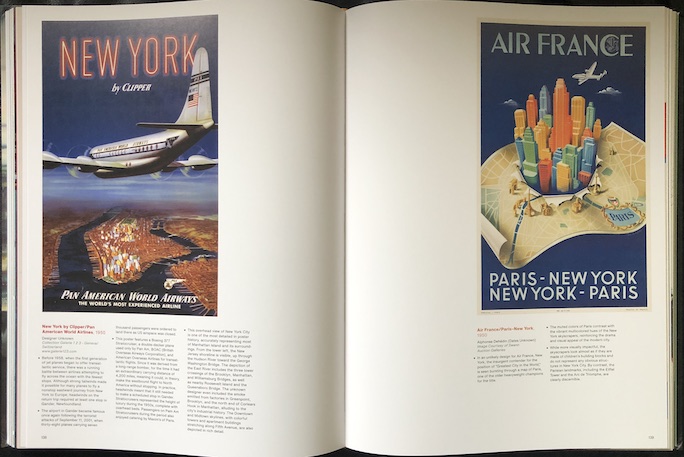
Whoever wrote the descriptive part of the captions deserves a pat on the shoulder: the caption on the left not only correctly identifies the aircraft as a B-377 but links its long-range capability and double-decker hull to its origins as a WWII bomber.
From immigrants to pleasure travelers to locals, the posters tell the quintessential American story of the most populous city in the United States that also has the largest foreign-born population of any in the world and is the premier gateway for legal immigration into this country. Already the Introduction by Poster House Chief Curator Angelina Lippert makes a lot of clever observations about the dynamic that is behind NYC constantly remaking itself and why its landmarks and cityscape have such hold on the public perception. After all, a number of cities, including in Europe, laid claim to the Wonder City of the World moniker but only in New York it stuck. Just about every sentence in that intro is deserving of deep thought; we single out one:
“Where other cities rely on a handful of monuments or a semi-recognizable skyline, New York advertising embraces every corner of the city to entice visitors, because every inch of New York is the promise of opportunity, adventure, and escape.” You may be tempted to say this is just trite marketing babble but by considering the arc of the city’s development and building projects in the context of shifting demographics over a hundred of its 400-year history, the book shows that it cannot remain static.
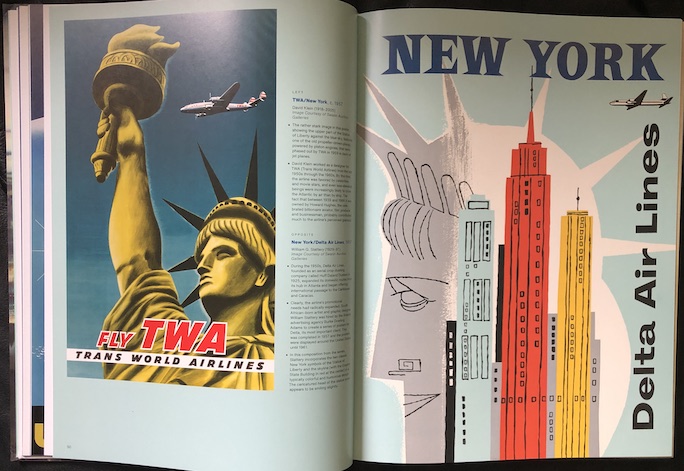
Two posters from the same year, 1957, but speaking completely different design languages.
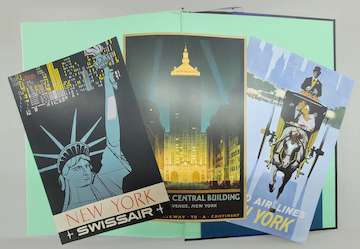
A pocket on the inside back cover contains three frameable 8″ x 10″ inserts.
If you need another reason to visit the Poster House exhibit in person consider that there is an almost concurrent exhibit at the New-York Historical Society called “Lost New York” (April 19–September 29, 2024) showcasing those landmarks, vistas, pastimes, environments, monuments, communities, and modes of transportation that once defined the city but no longer exist.
Copyright 2024, Sabu Advani (speedreaders.info).


 RSS Feed - Comments
RSS Feed - Comments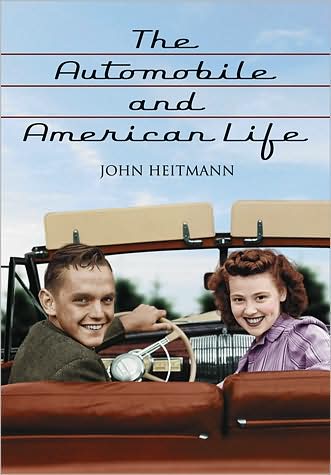


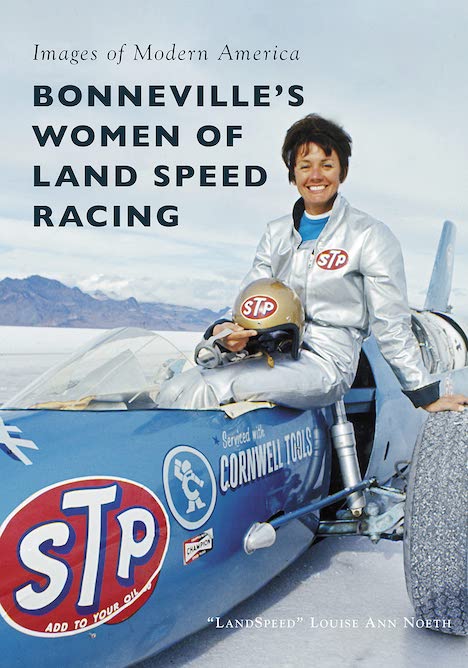

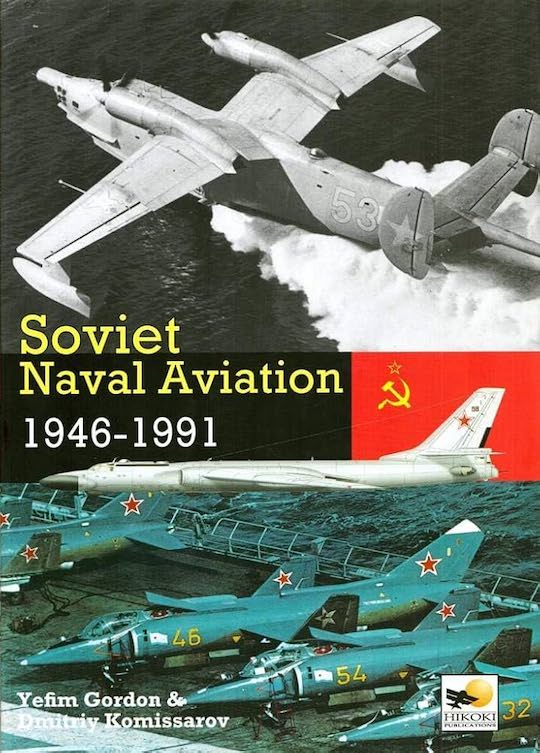

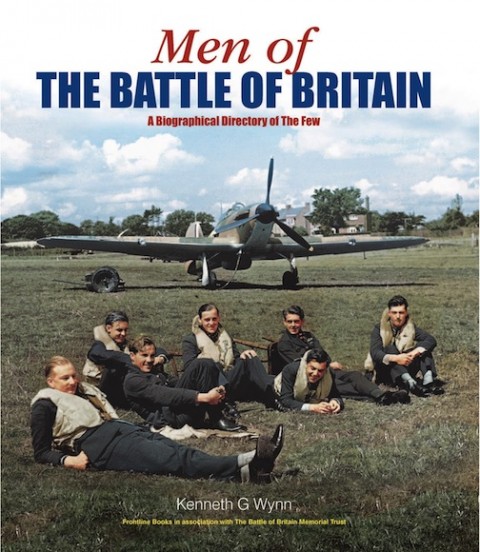
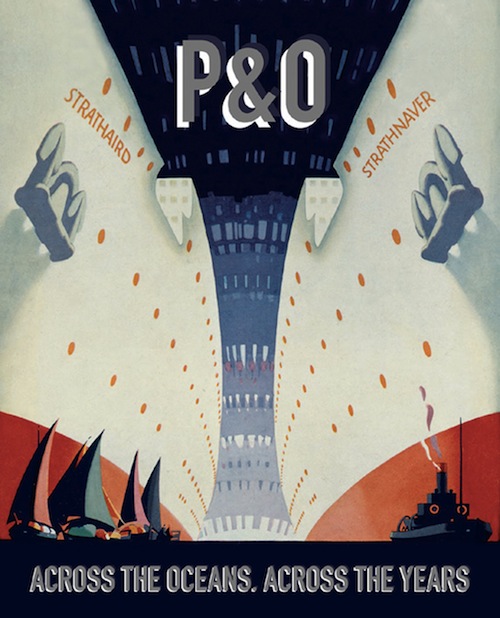
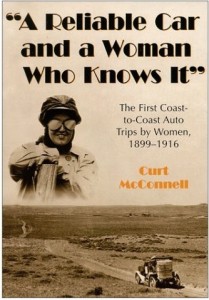



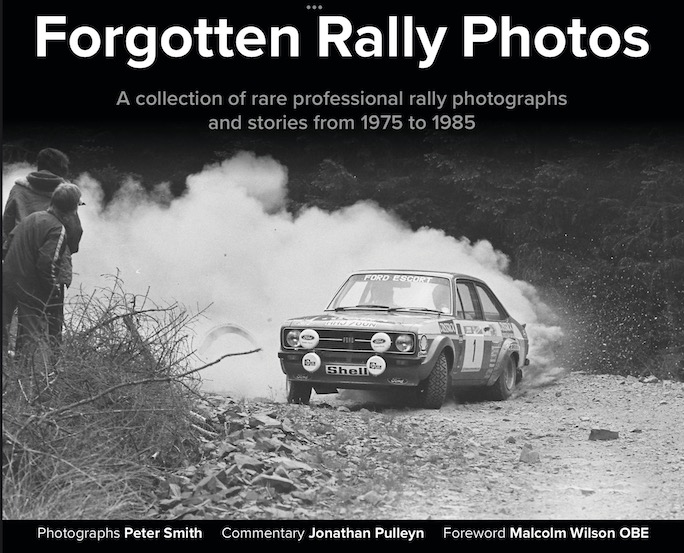
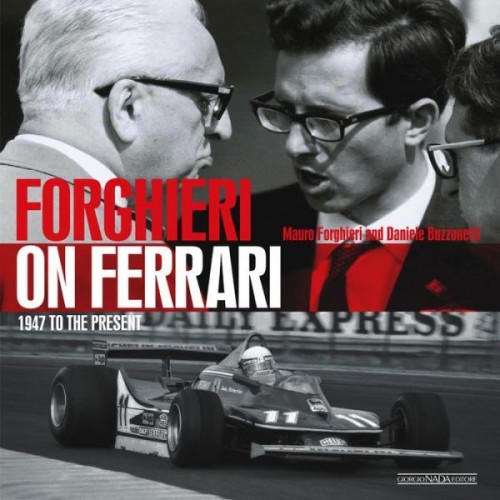
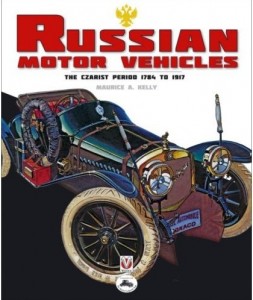
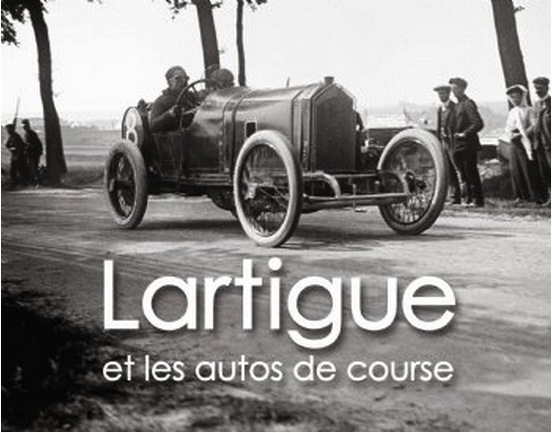
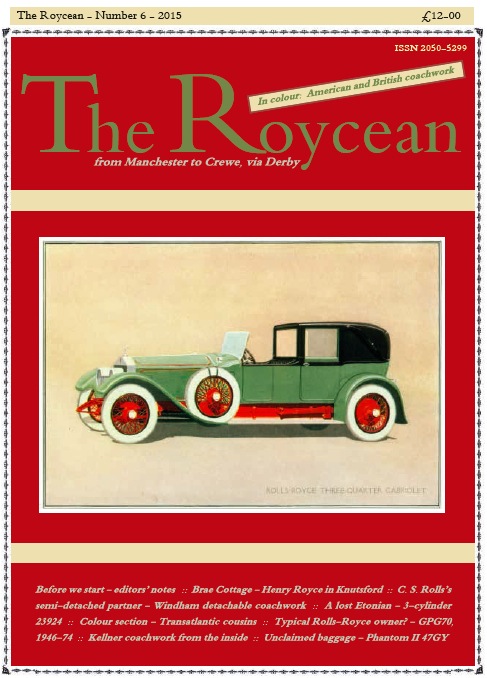
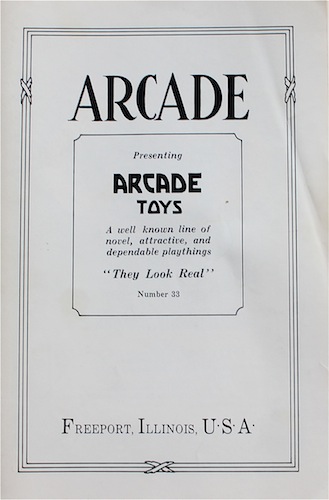
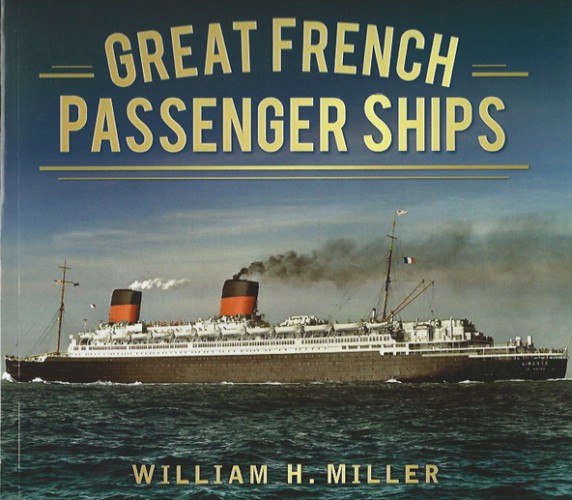

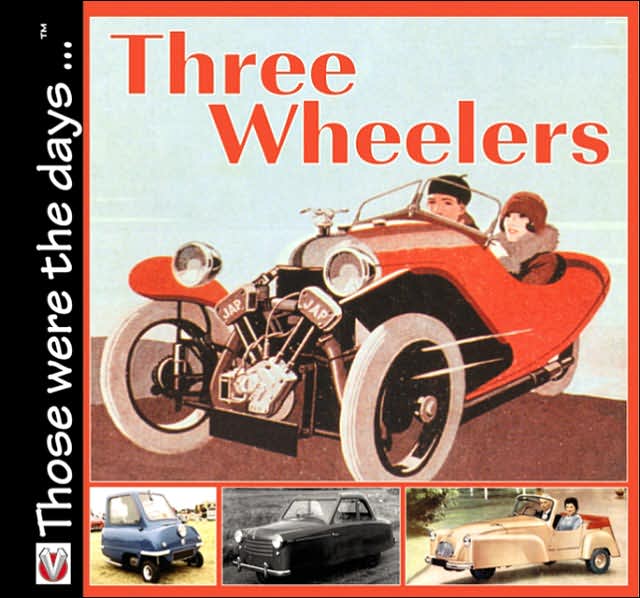

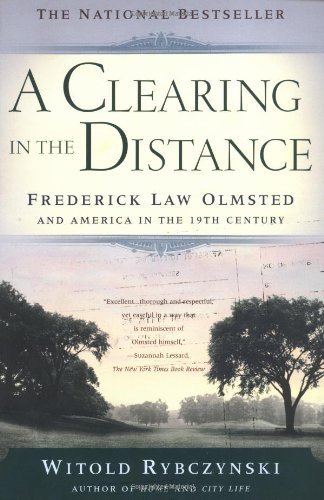

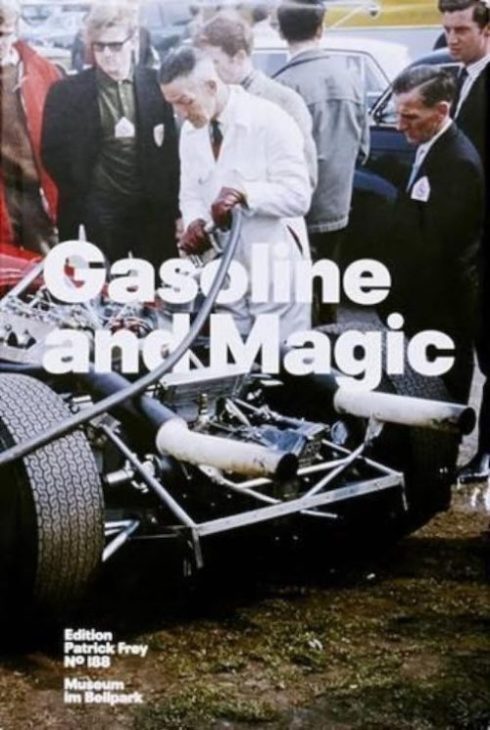
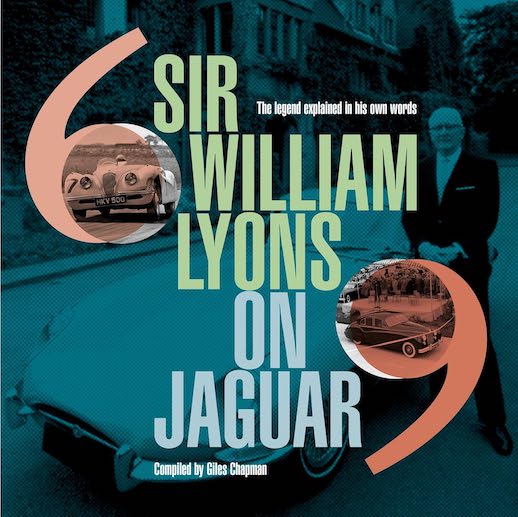

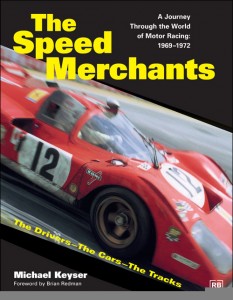




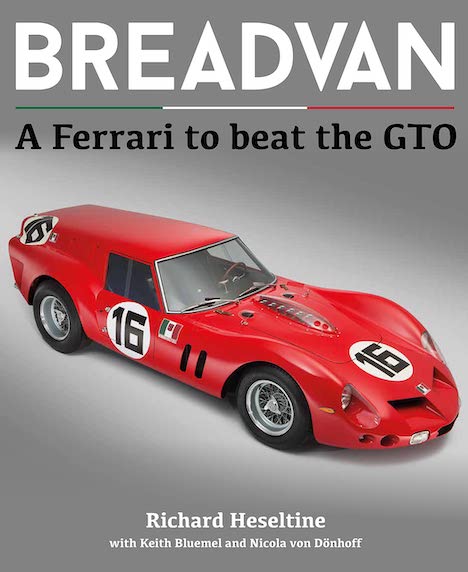
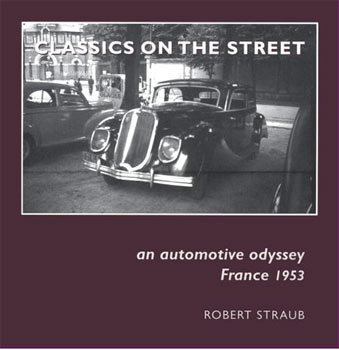
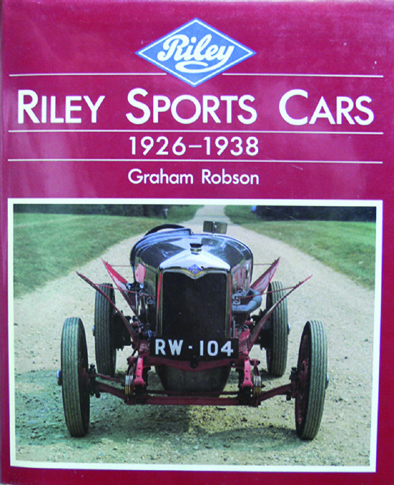
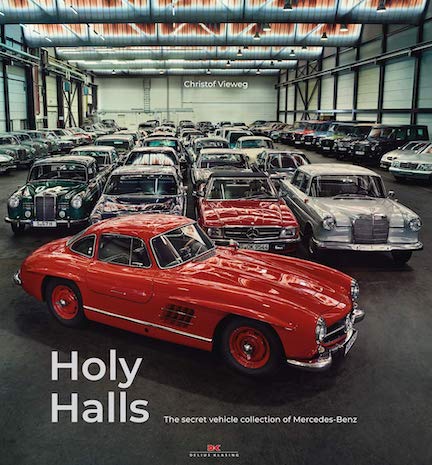

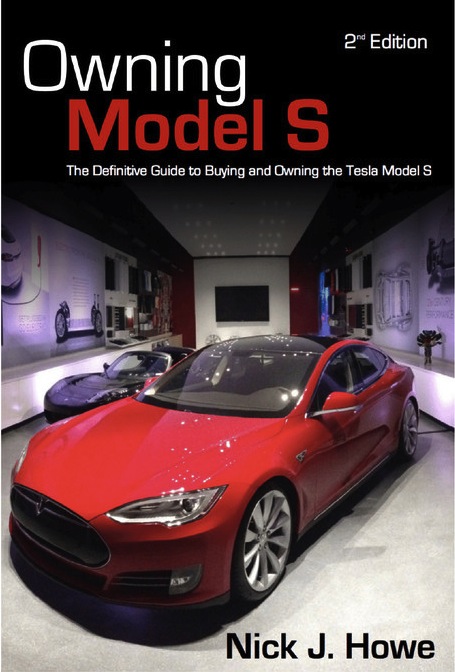


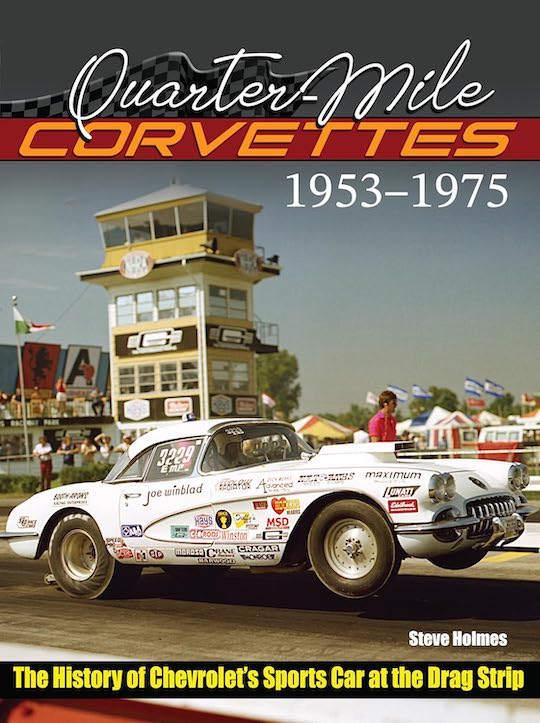


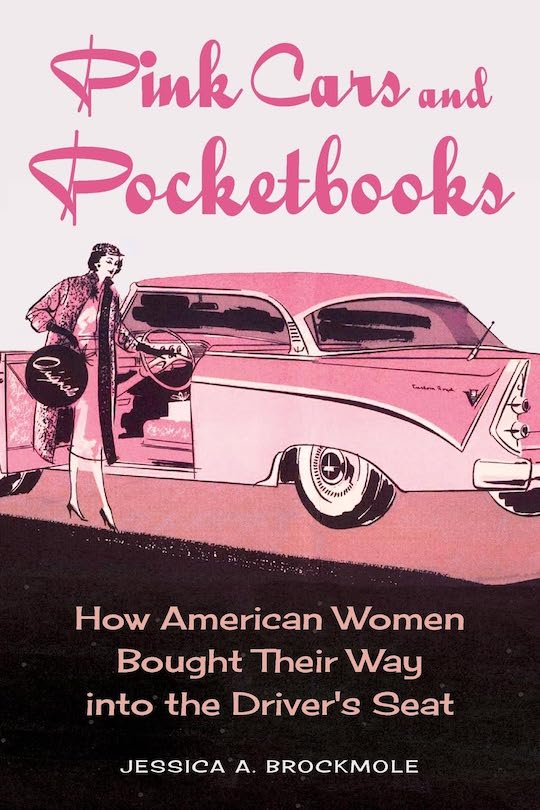
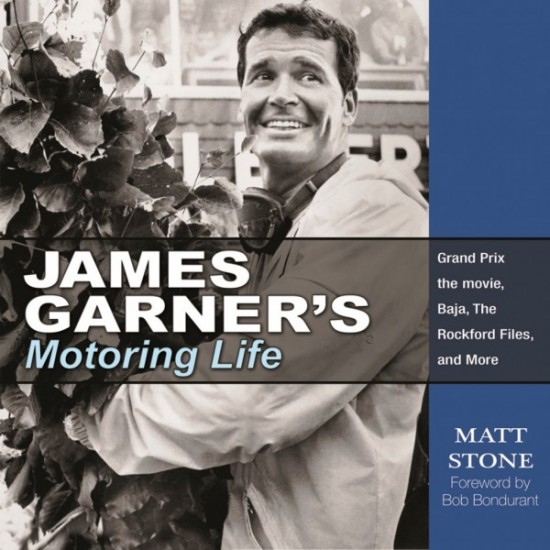
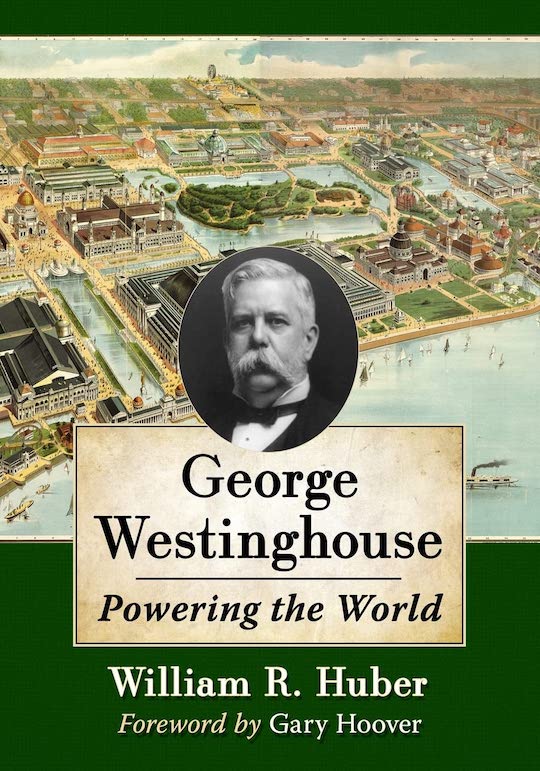
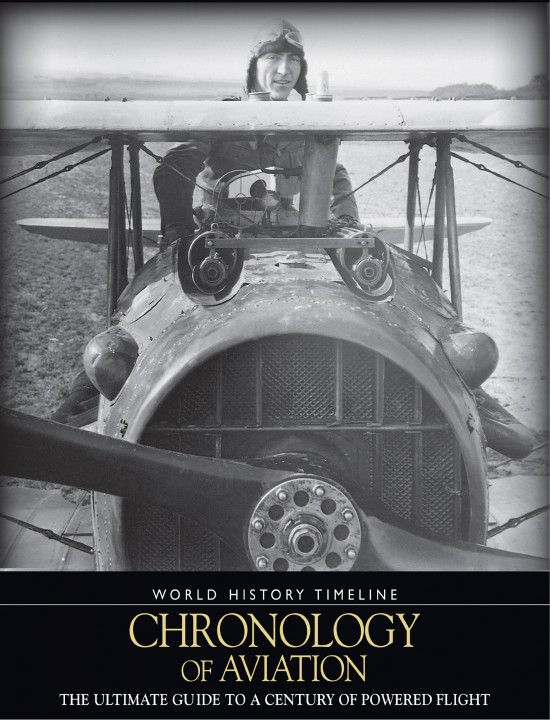
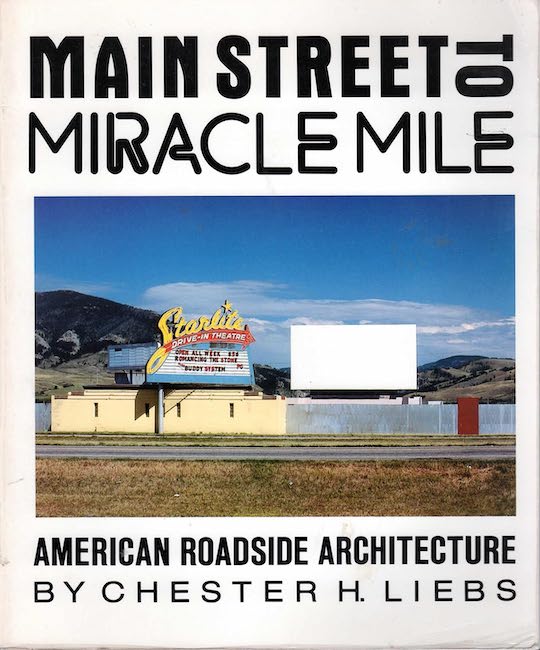
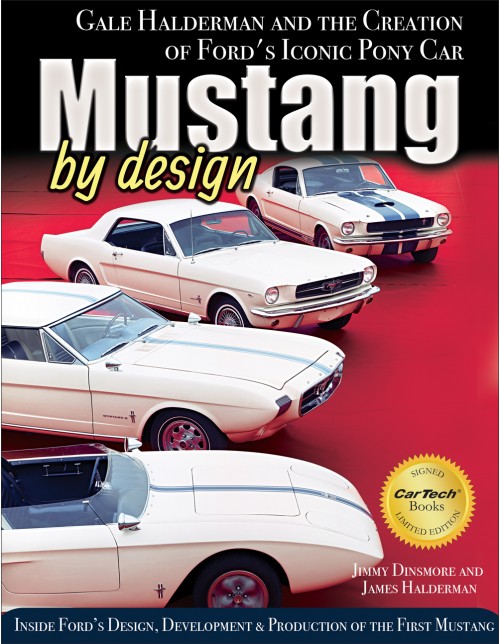

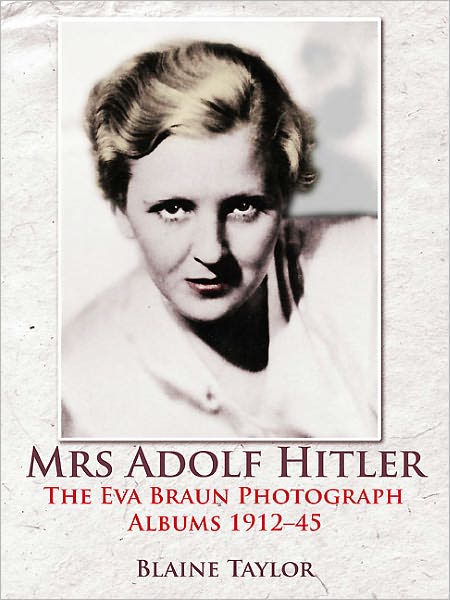


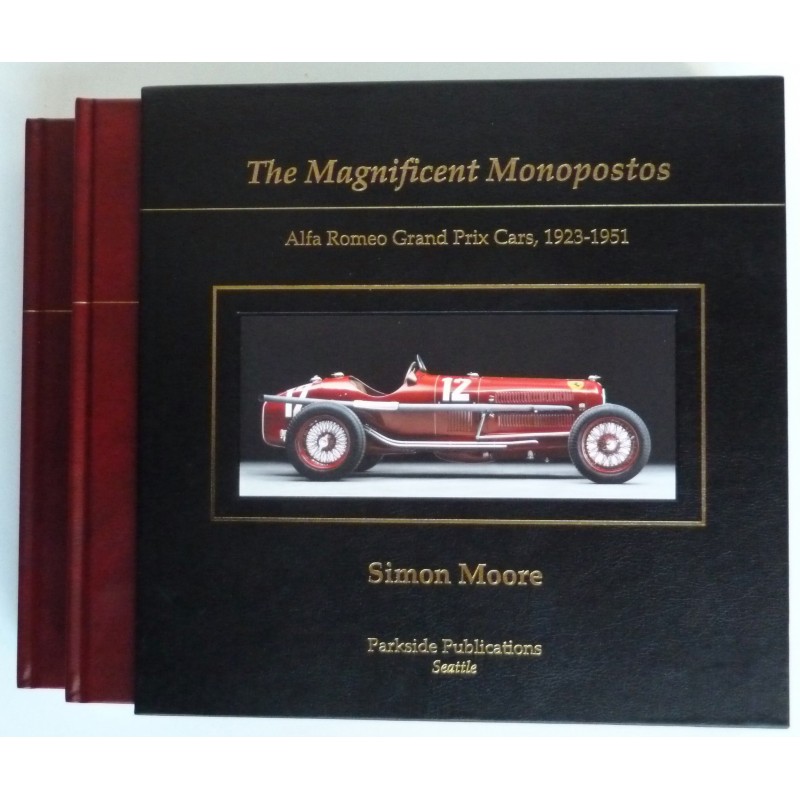
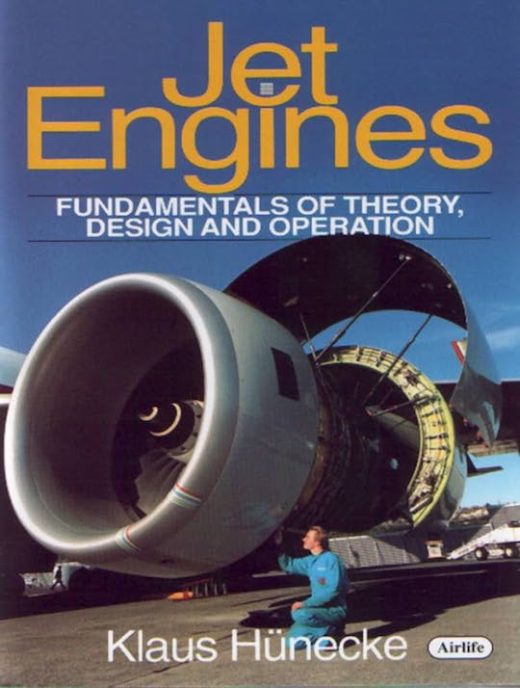
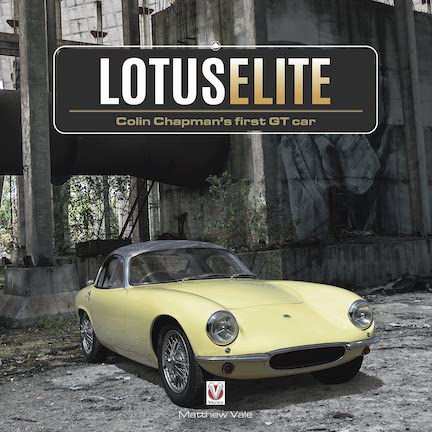

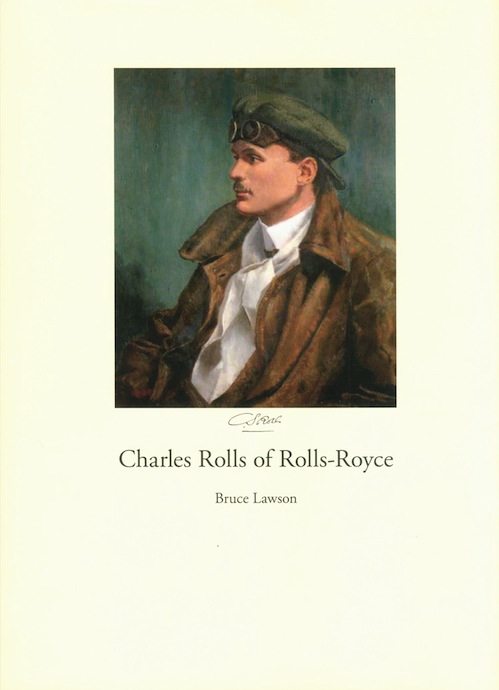
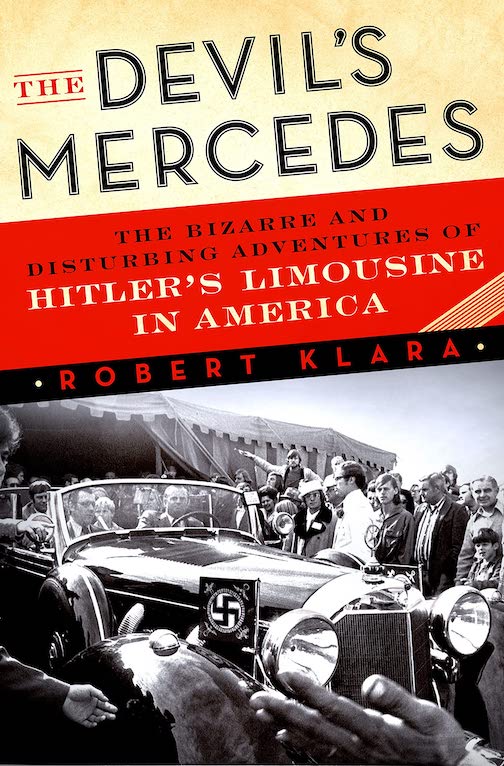

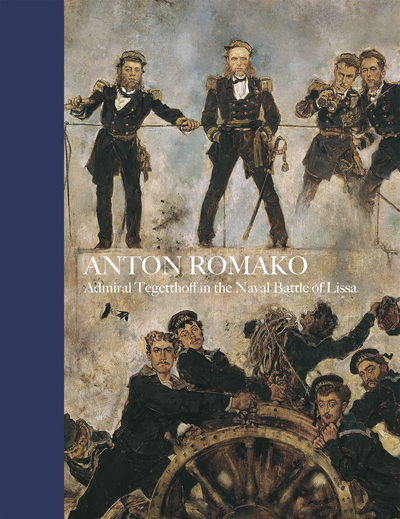
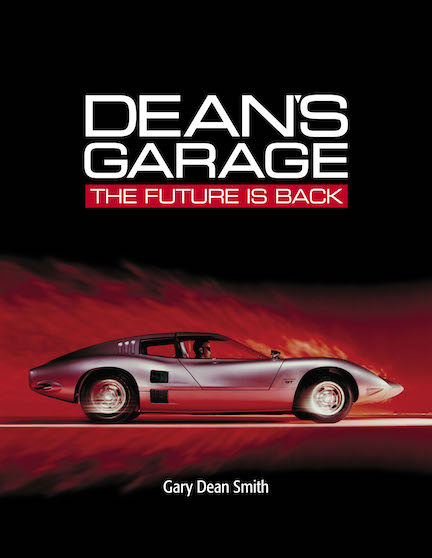
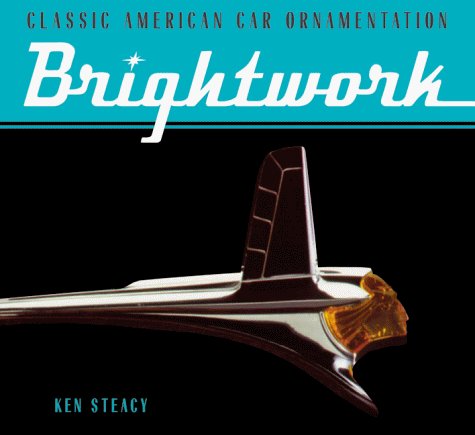
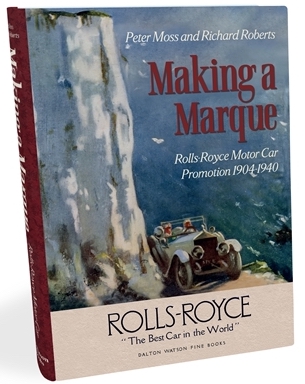
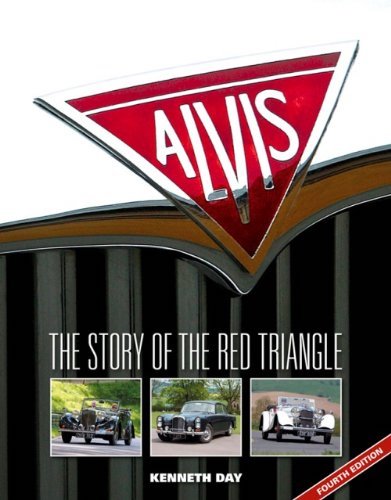
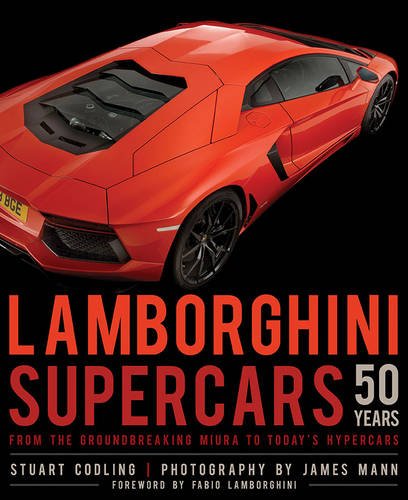

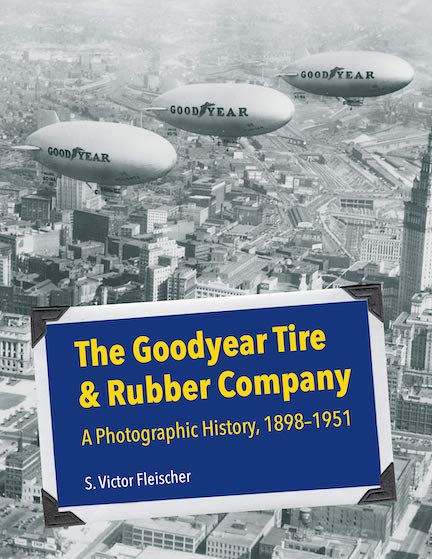


 Phone / Mail / Email
Phone / Mail / Email RSS Feed
RSS Feed Facebook
Facebook Twitter
Twitter